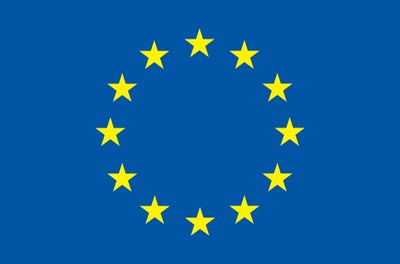Introduction to Project
Nuclear Magnetic Resonance spectroscopy (NMR) and Magnetic Resonance Imaging (MRI) play unique roles in contemporary Science, from Physics, Chemistry and Biology, to clinical research and diagnosis. However, further development of both NMR and MRI is hampered by a limitation in sensitivities. This problem is unlikely to be solved by 'bigger machines' given the high levels of development already in this field.
This project looks to develop a new approach by combining NMR and MRI with nuclear hyperpolarisation, which produces signals that are 50,000 times stronger than those produced by NMR and MRI. In this project, we will use two approaches – dynamic nuclear polarisation (DNP) and para-hydrogen-driven polarisationn (PHIP), both of which have the highest potential for biophysical, metabolomic and clinical research.
The EUROPOL consortium contains leading experts: in physics and engineering of magnetic resonance, in synthetic chemistry for generating new labelled compounds; in the use of NMR for structural and cell biology; and in the use of preclinical and clinical MRI applications. The project is guided by the concept that only by teaming together these key areas of expertise, can the potential of hyperpolarisation be realised.
EUROPOL will also provide training to Early Stage Researchers (ESRs) in all the topics underlying the advancement of magnetic resonance research. ESRs' projects will include: advanced physics; development of new instruments, and new ways of exploiting NMR and MRI's hyperpolarisation potential; biophysical NMR; screening of healthy and diseased metabolomes; expanding the available substrates to be targeted by in vivo MR; cell and system biology exploration to investigate the nature of the metabolome; and in vivo hyperpolarisation strategies in MRI.
